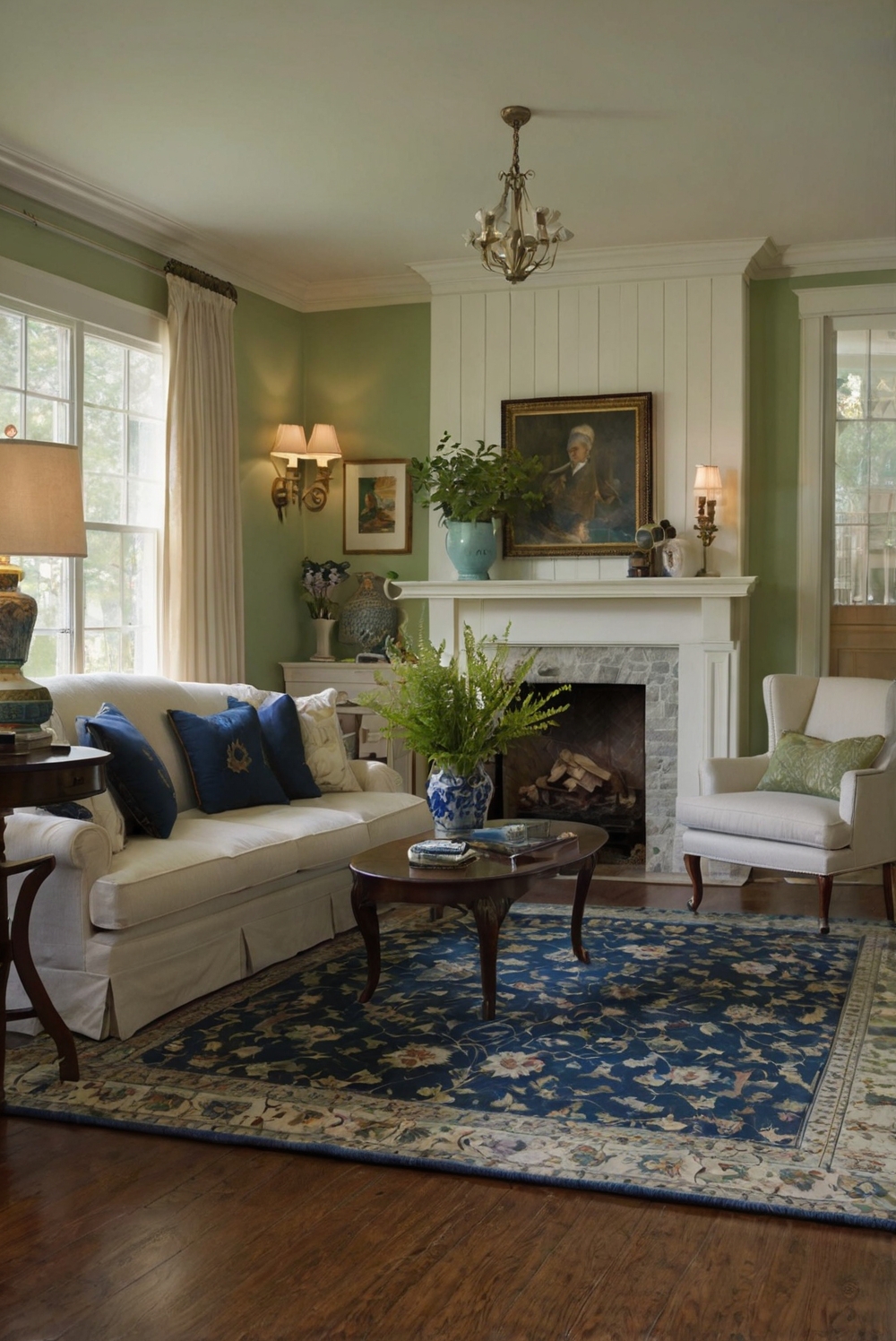Discover how rugs contribute to the versatility of interior design in various rooms. Explore the factors influencing rug choice for a harmonious living space.
What factors contribute to a rug’s versatility in different rooms?
Rugs play a crucial role in home decorating by enhancing the aesthetic appeal and functionality of various spaces. When choosing a rug for different rooms, factors like size, color, pattern, and material contribute to its versatility. The rug’s size should complement the room’s dimensions, while colors and patterns should tie in with the overall design scheme. Material also matters, as rugs made from durable fibers are ideal for high-traffic areas. Proper space planning and considering the room’s function are key in interior design, ensuring that the rug blends seamlessly with the existing decor and enhances the room’s ambiance.
Factors that contribute to a rug’s versatility in different rooms:
Rugs play a crucial role in enhancing the aesthetics and functionality of a room. Their versatility lies in various factors that make them suitable for different spaces. Here are some key factors:
Color:
The color of a rug can significantly impact its versatility in different rooms. Neutral colors such as beige, gray, or white are versatile options that can complement various color schemes. They can easily blend in with different interior designs and furniture styles, making them suitable for living rooms, bedrooms, or even offices.
Size:
The size of a rug is another important factor that contributes to its versatility. A large rug can define a seating area in a living room or dining room, while a smaller rug can be used to add a pop of color or texture to a bedroom or hallway. Choosing the right size rug for a specific room can enhance its overall look and feel.
Material:
The material of a rug can also determine its versatility. Natural fibers like wool or cotton are durable and easy to clean, making them suitable for high-traffic areas like the living room or hallway. Synthetic materials like polyester or nylon are more affordable and stain-resistant, making them ideal for kids’ rooms or playrooms.
Pattern:
The pattern of a rug can add visual interest and personality to a room. A bold geometric pattern can make a statement in a modern living room, while a floral or oriental design can create a cozy atmosphere in a bedroom. Mixing and matching different patterns can also create a layered and eclectic look that adds depth to a space.
Texture:
The texture of a rug can enhance the overall feel of a room. A shaggy or plush rug can add warmth and comfort to a bedroom or living room, while a flatweave rug can create a sleek and modern look in a dining room or kitchen. Mixing different textures can create a visually dynamic space that is inviting and stylish.
In conclusion, the versatility of a rug in different rooms is influenced by various factors such as color, size, material, pattern, and texture. By carefully considering these factors and choosing the right rug for each space, you can enhance the overall look and functionality of your home.

